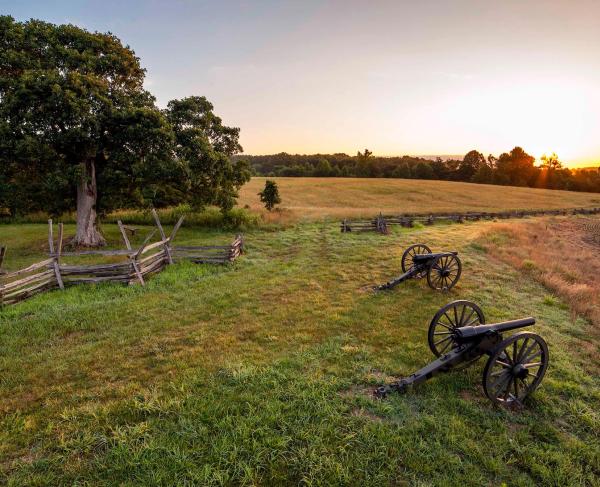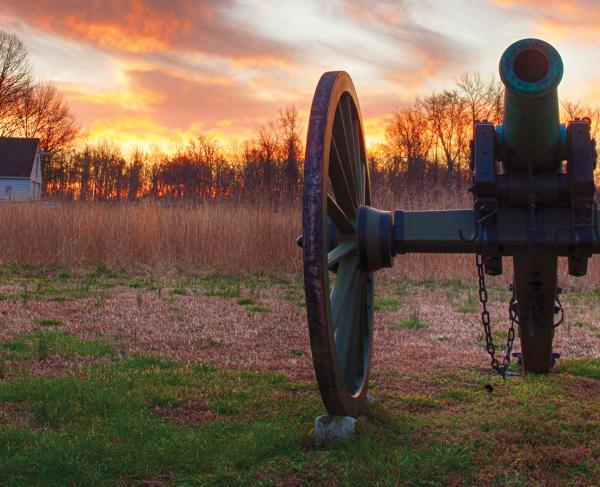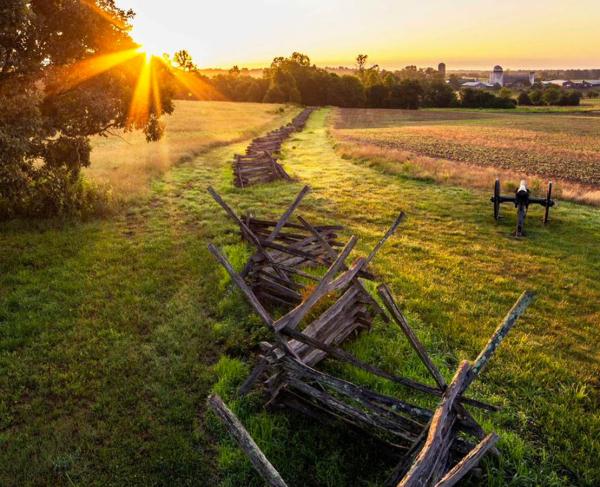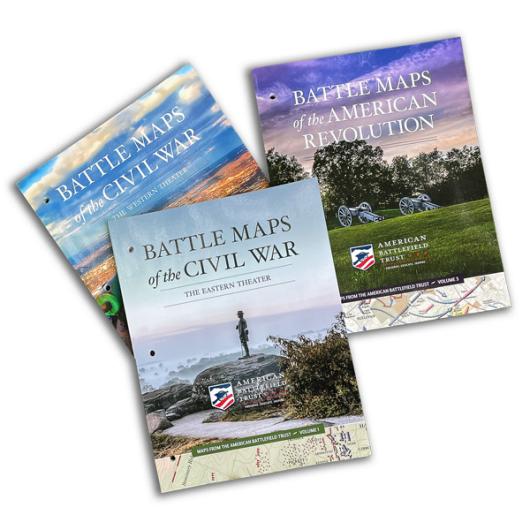How We Work
We preserve significant battlefield land in perpetuity by working with willing sellers and utilizing well-established conservation strategies; chiefly, through fee simple transactions and conservation easements.
In order to determine the suitability of a particular property, we first consult the landmark studies prepared by the American Battlefield Protection Program, an arm of the National Park Service. These robust reports commissioned by Congress examined the more than 13,000 battles and skirmishes in which the Revolutionary War, War of 1812 and Civil War were decided, and identified the 627 principle sites most worthy of preservation.
Once we determine whether a prospective property is part of an ABPP-listed site, we utilize our Geographic Information System (“GIS”) computerized mapping capabilities to locate it in relation to the historic landscape. If a property is within the recognized boundary of an eligible battlefield we next determine what conservation strategy is best suited to the project, recognizing that each opportunity presents a unique situation.
Fee Simple Transactions transfer full ownership of a property. The Trust generally pays fair market value for land, but landowners can sell for less and receive tax benefits from their charitable contribution of the difference. Some landowner choose to negotiate a life estate, meaning they retain the right to live at and use the property until their death, or a leaseback option; land trust gains control upon death of landowner. We also work to identify conservation buyers who take ownership of the property after placing permanent restrictions on its development potential.
Conservation Easements are legal agreements wherein a qualified land trust or state entity formally restricts future activities on the land to protect its conservation values in perpetuity. Ownership of the land does not change hands. These are an attractive option that protects family land in perpetuity without selling it, and also providing benefits on federal and state income taxes, estate taxes and property taxes. Each easement is negotiated individually, but in general, they disallow new structures not necessary for an agricultural operation, restrict changes to topography and limit the ability to subdivide a property.
Once the American Battlefield Trust determines the best preservation strategy, the Trust must determine how to pay for the transaction. Funding for battlefield preservation projects generally comes from member donations being leveraged against federal and state matching grants — most notably National Park Service Battlefield Land Acquisition Grants. However, contributions by other nonprofit organizations, foundation grants and landowner donations also play a role.
To discuss a possible battlefield land preservation projects, please contact our Real Estate Department.











